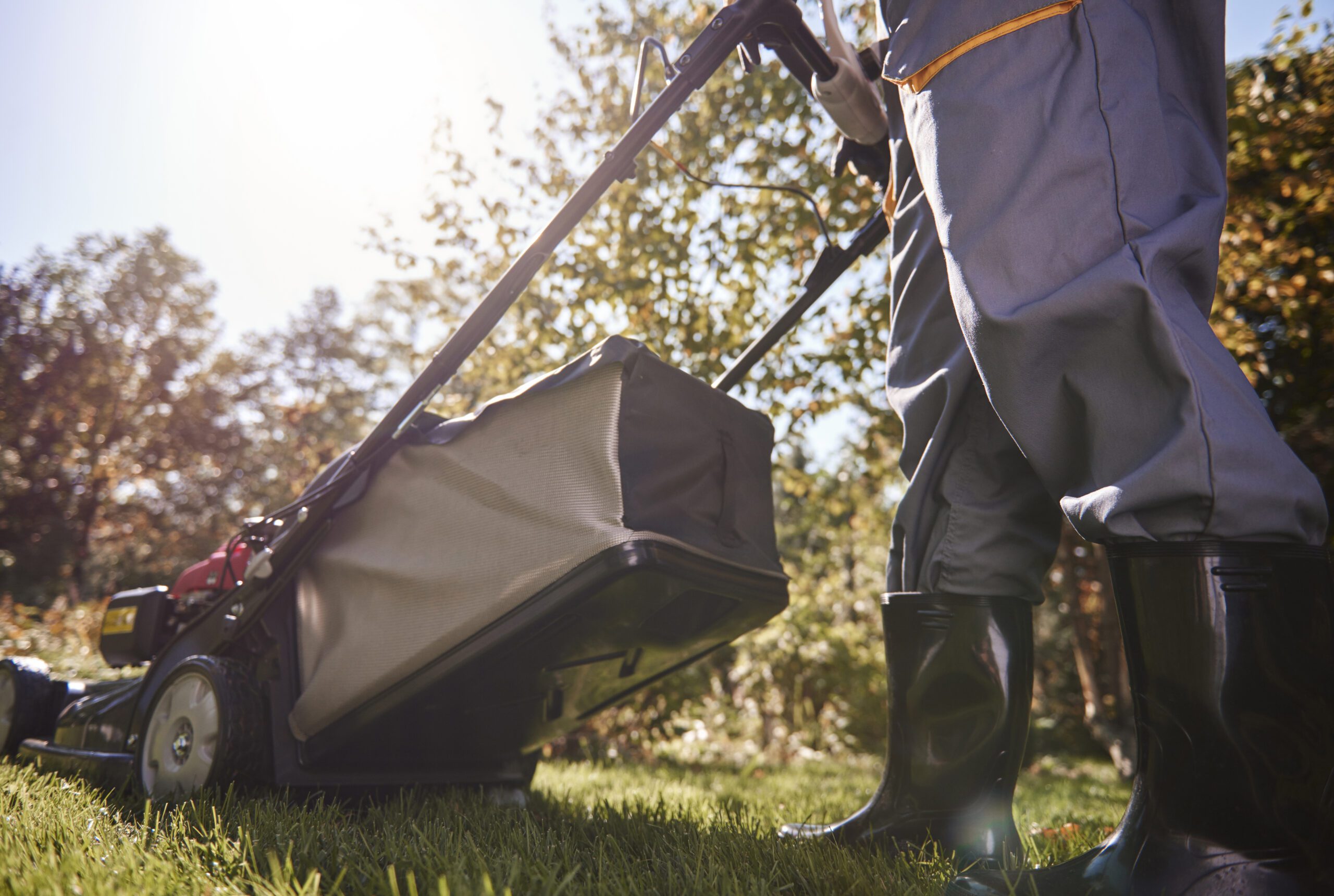Are you tired of looking at your dull and lifeless lawn? Do you want to transform it into a lush green paradise that will be the envy of all your neighbors? If so, then keep reading. In this article, we’ll cover everything you need to know about caring for your yard during the summer months. From proper mowing techniques to choosing the right fertilizer and preventing common diseases, we have you covered. Let’s get started!
1. Essential Tips for a Lush Green Lawn
The first step in achieving a beautiful lawn is understanding what it needs to thrive. Here are some essential tips for creating a lush green lawn:
Water your lawn regularly, but don’t overwater it. Aim for 1-2 inches of water per week.
Mow your lawn frequently, but don’t cut off too much at once. A good rule of thumb is to never remove more than one-third of the grass blade height at any given time.
Fertilize your lawn regularly with a high-quality fertilizer. This will help promote healthy growth and ensure that your lawn is getting the nutrients it needs.
Aerate your lawn annually to improve soil health and encourage root growth.
Remove weeds as soon as they appear to prevent them from taking over your lawn.
By following these simple steps, you can create a lush green lawn that will be the envy of everyone on your block.
2. The Importance of Proper Lawn Mowing Techniques
One of the most important aspects of maintaining a healthy lawn is proper mowing technique. Many people make the mistake of cutting their grass too short or not often enough, which can lead to a dull and unhealthy appearance. To achieve a lush green lawn, here are some tips for proper mowing:
Always use a sharp mower blade. Dull blades can damage your grass and leave an uneven cut.
Cut your grass to the appropriate length for your type of grass. As mentioned earlier, aim for no more than one-third of the grass blade height at any given time.
Don’t remove too much of the leaf surface area when mowing. This can stress out your lawn and cause it to become susceptible to disease.
Make sure to mow frequently enough to avoid having to cut off too much at once. A good rule of thumb is to mow your lawn every five days or so.
By following these tips, you can ensure that your lawn is being properly cared for and that it looks its best throughout the summer months.
3. Choosing the Right Fertilizer for Your Lawn
Another key aspect of lawn care is selecting the right fertilizer. There are many different types of fertilizers available, each with their own unique benefits and drawbacks. Here are some things to consider when choosing a fertilizer:
What type of grass do you have? Different types of grass require different nutrients to thrive.
Are there any specific issues with your lawn that you’re trying to address? For example, if your lawn has a lot of bare spots, you may want to choose a fertilizer that promotes seed germination.

Consider organic vs. synthetic fertilizers. Organic fertilizers are made from natural materials like compost and animal manure, while synthetic fertilizers contain chemical ingredients. Both have their advantages and disadvantages, so choose what works best for your situation.
Read the label carefully before purchasing a fertilizer. Look for information on nitrogen, phosphorus, and potassium levels, as well as other important details like application rates and timing.
By choosing the right fertilizer for your lawn, you can give it the nutrients it needs to grow strong and healthy.
4. How to Prevent and Treat Common Lawn Diseases
Unfortunately, lawns aren’t immune to disease. However, by practicing good lawn care habits, you can reduce the risk of developing common lawn diseases like fungus and brown patches. Here are some tips for preventing and treating common lawn diseases:
Keep your lawn healthy by following the tips outlined above. Healthy lawns are less likely to develop diseases.
Watch for signs of disease early on. Symptoms include discolored patches, thinning areas, and excessive shedding of leaves or clippings.
Use a combination of cultural practices (like proper mowing and watering) and chemical treatments (such as fungicides) to manage diseases.
Be patient. It can take several weeks or even months for a lawn to fully recover from a disease outbreak.
By staying vigilant and taking proactive measures to prevent and treat common lawn diseases, you can enjoy a beautiful and healthy lawn all season long.
5. Watering Your Lawn: Best Practices for Healthy Growth
Finally, let’s talk about watering your lawn. While it’s important to provide your lawn with adequate moisture, it’s also possible to overdo it. Here are some best practices for watering your lawn:
Follow the recommendations provided earlier regarding how much and how often to water your lawn.
Avoid watering during the hottest parts of the day, as this can result in evaporation and wasted water. Instead, opt for early morning or late evening watering sessions.
Use a sprinkler system or handheld hose to apply water directly to your lawn rather than relying on rainfall alone.
Take note of weather patterns and adjust your watering schedule accordingly. For example, if it’s been particularly dry for several days, you may need to increase your watering frequency temporarily.
By using these strategies, you can ensure that your lawn is receiving the water it needs to grow healthy and strong without wasteful overwatering.
In conclusion, caring for your lawn doesn’t have to be complicated or time-consuming. By following these simple tips and best practices, you can create a lush green oasis that will be the envy of all your friends and neighbors. So get outside, grab your gardening gloves, and start working towards the perfect lawn today!






